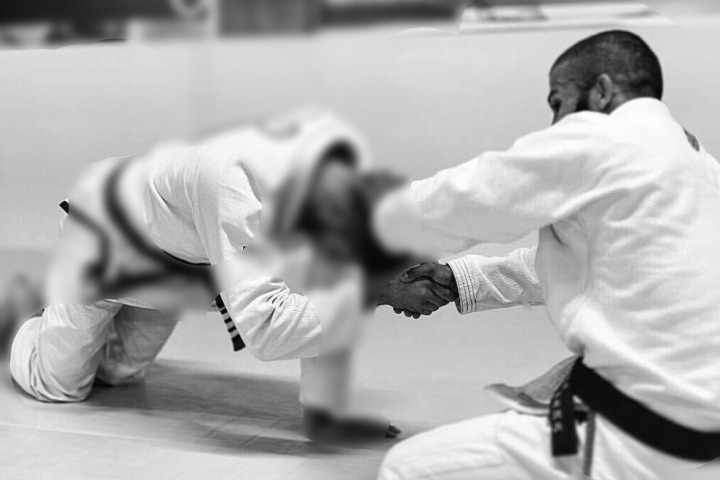Brazilian Jiu-Jitsu is a popular martial art known for its emphasis on ground fighting and submission grappling. As with any sport or martial art, the quality of coaching can significantly impact a student’s experience and progress. Unfortunately, not all BJJ coaches uphold the standards of professionalism and integrity that one would expect. Here are seven red flags to watch out for in BJJ coaches:
1. The Coach Never Rolls with Students
A coach who avoids rolling (sparring) with students, unless due to a legitimate injury, likely lacks confidence in their own skills. Rolling with students is essential for coaches to demonstrate techniques effectively and to understand their students’ progress. If a coach consistently avoids this, it might indicate a lack of expertise or a desire to avoid exposure.
2. Prohibiting Cross-Training
Some coaches forbid their students from training at other gyms. This restriction often stems from insecurity, where the coach fears that their students might discover better training elsewhere. A good coach encourages cross-training, knowing it will only benefit the student and the gym. Restrictive policies like this are a sign of a coach who is more concerned about control than student development.
3. Inappropriate Relationships with Students
A coach who engages in relationships with students, especially grooming younger ones, is a major red flag. This behavior often stems from a power dynamic where the coach exploits their position of authority. Such conduct is highly unprofessional and can create a toxic environment. If you notice this happening, it’s best to steer clear of that gym.
4. Lack of Engagement During Drills and Rolling
If an instructor spends more time on their phone than engaging with students during drills and rolling sessions, it shows a lack of commitment. Coaches should be actively involved, providing critiques and guidance. An inattentive coach fails to add value to the training session, making it no better than practicing on your own.
5. Constant Sales Pressure
Gyms need to sell merchandise like gis and rashguards, but it becomes problematic when coaches pressure students to buy gear or make them feel guilty for not purchasing. Training should be the primary focus, not sales. Excessive merchandising can indicate a gym more interested in profit than providing quality training.
6. Long-Term Contracts
While contracts can ensure commitment, long-term contracts can be a red flag, especially for beginners. Many people quit after a few months or get injured, and being locked into a long-term contract can feel like a scam. Gyms should offer flexible membership options that reflect the uncertain nature of starting a new martial art.
7. Charging for Belt Promotions
One of the most contentious issues in BJJ is charging for belt promotions. Promotions should be based on merit, not on a student’s ability to pay. If a coach believes a student deserves a promotion, it should be awarded without any financial transaction. Charging for belts is an unethical practice that undermines the integrity of the ranking system.
Related:
Worst Belt Promotion Ever: BJJ Instructor Promotes Students Then Chokes Them Unconscious
8. Talks Trash
If your instructor talks trash about other instructors at your academy, about your fellow teammates… Or even about other academies and their instructors, whether on or off the mats – then you can be pretty confident about the fact that they’re a jerk.
Sure, instructors are people too, and there will be individuals who they won’t like particularly. But talking too much trash (especially about the members of your academy) is often an indicator that you should seek other mats.
Finding the right BJJ gym and coach is crucial for a positive training experience. Being aware of these red flags can help you avoid gyms that prioritize profit over student welfare and development. Always seek out a coach who demonstrates integrity, commitment, and a genuine interest in helping their students grow. If you encounter any of these red flags, it might be time to look for a new gym.



















